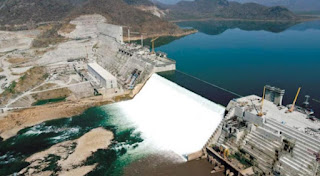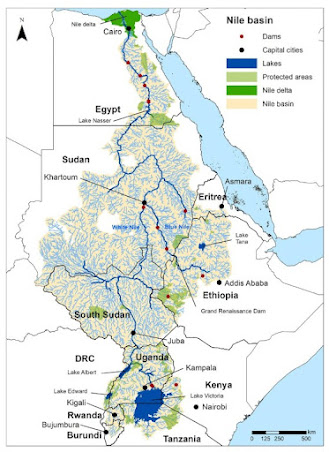The Grand Ethiopian Renaissance Dam: introduction and benefits

The Grand Ethiopian Renaissance Dam The Grand Ethiopian Renaissance Dam (GERD): the biggest hydroelectric project in Africa since its launch in 2011, and the most controversial one as well ( Verhoeven, 2021 ). The GERD is not the only dam on the Nile river, as shown by Figure 1. However, it is the most controversial. Why is that? This post will consider the politics of the GERD, taking a particular focus on the benefits of the dam for Ethiopia, but also the other Nile riparian countries. Figure 1: The major dams in the Eastern Nile River Basin The Grand Ethiopian Renaissance Dam, located 45km to the east of the border with Sudan and 750 km northwest of the Ethiopian capital of Addis Ababa, is a hydroelectric dam located on the Blue Nile. It is set to become the largest hydropower plant in Africa ( Burck, 2021 ). This huge project was funded internally, including through selling bonds to the Ethiopian diaspora ( Xinhua, 2018 ). The GERD started being operational on the 20th of February
